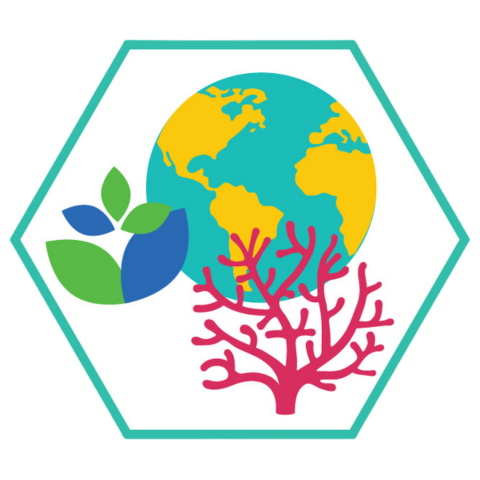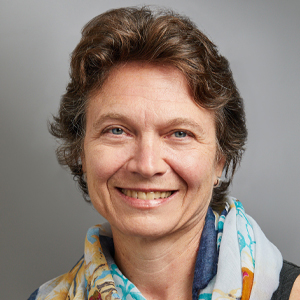
Biochemists face the climate challenge
Everyone knows coral bleaching occurs when seawater gets hot. Biochemists ask: How?
Corals die when their photosynthetic algal symbionts experience heat stress and exude hydrogen peroxide, causing coral tissue to expel the algae. Thus, coral bleaching is a biochemical process that we can understand and engage with, imagining new solutions to climate changes that degrade our planet.
Submit an abstract
Abstract submission begins Sept. 14. If you submit by Oct. 12, you'll get a decision by Nov. 1. The regular submission deadline is Nov. 30. See the categories.
The Centers for Disease Control and Prevention have long embraced “One Health,” the concept that a healthy planet is required for human health. Recently, the National Institutes of Health launched their Climate Change and Health Initiative. Biochemistry is central to preserving the natural world and developing fully renewable building materials, novel foods and health care solutions.
This session will explore how the living world experiences changes in temperature, pH, salt, nutrients, desiccation and other conditions. The speakers will illuminate the cell and molecular mechanisms underlying coral symbiosis, thermal adaptations of marine organisms, temperature-dependent mutagenesis and transposition in the fungal pathogen Cryptococcus neoformans, and the endocrine underpinnings of environmental influences on human health. This session is for the next generation of biochemists who will meet the climate challenge.
Keywords: One Health, thermal adaptation, symbiosis.
Who should attend: The next generation of biochemists who will save the planet.
Theme song: “Imagine” by John Lennon
This session is powered by the courage to face humanity’s greatest challenge.

Biochemistry and climate change
Asiya Gusa, Duke University
James A. DeMayo, University of Colorado–Denver
Yixian Zheng, Carnegie Institution for Science
Teresa Horton, Northwestern University
Enjoy reading ASBMB Today?
Become a member to receive the print edition four times a year and the digital edition monthly.
Learn moreGet the latest from ASBMB Today
Enter your email address, and we’ll send you a weekly email with recent articles, interviews and more.
Latest in Science
Science highlights or most popular articles

The science of staying strong
Muscles power every movement, but they also tell the story of aging itself. Scientists are uncovering how strength fades, why some species resist it and what lifestyle and molecular clues could help preserve muscle health for life.

Bacteriophage protein could make queso fresco safer
Researchers characterized the structure and function of PlyP100, a bacteriophage protein that shows promise as a food-safe antimicrobial for preventing Listeria monocytogenes growth in fresh cheeses.

Building the blueprint to block HIV
Wesley Sundquist will present his work on the HIV capsid and revolutionary drug, Lenacapavir, at the ASBMB Annual Meeting, March 7–10, in Maryland.

Gut microbes hijack cancer pathway in high-fat diets
Researchers at the Feinstein Institutes for Medical Research found that a high-fat diet increases ammonia-producing bacteria in the gut microbiome of mice, which in turn disrupts TGF-β signaling and promotes colorectal cancer.

Mapping fentanyl’s cellular footprint
Using a new imaging method, researchers at State University of New York at Buffalo traced fentanyl’s effects inside brain immune cells, revealing how the drug alters lipid droplets, pointing to new paths for addiction diagnostics.

Designing life’s building blocks with AI
Tanja Kortemme, a professor at the University of California, San Francisco, will discuss her research using computational biology to engineer proteins at the 2026 ASBMB Annual Meeting.


